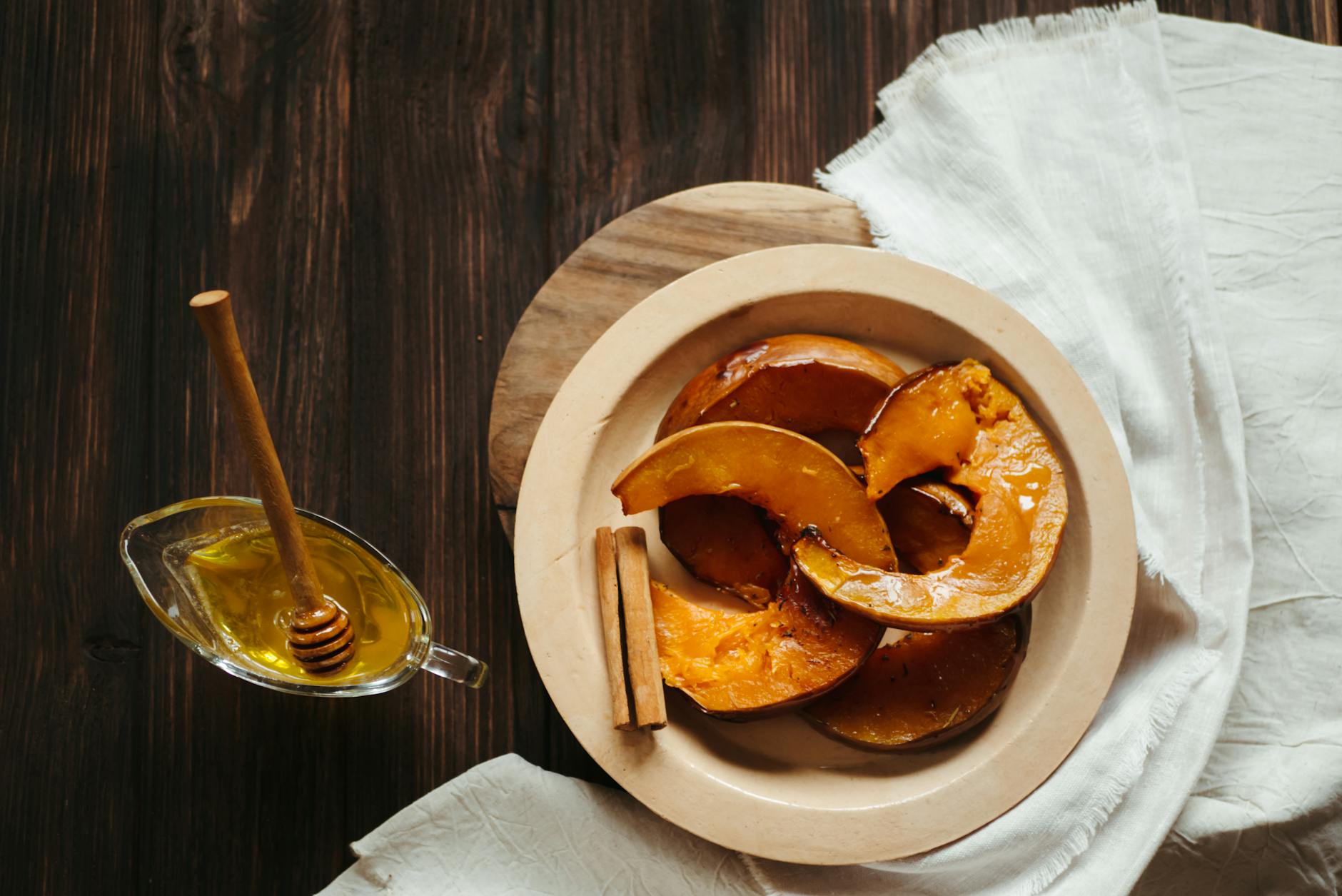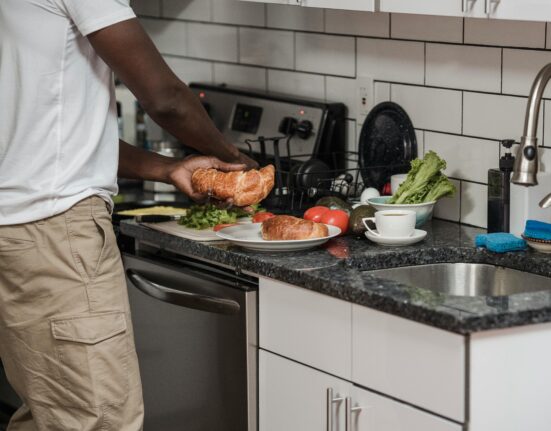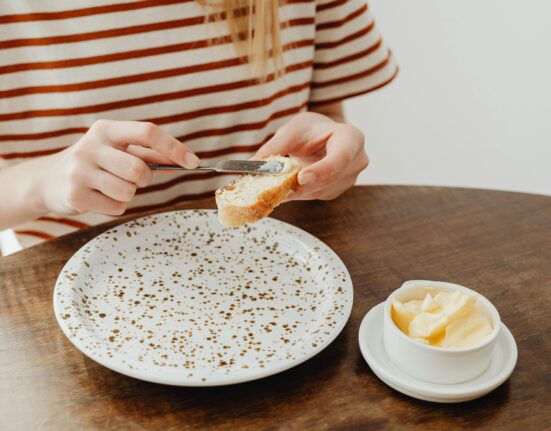The holiday buffet table groans under the weight of buttery mashed potatoes, glazed ham, and endless trays of cookies. Your suitcase sits half-packed for a beach vacation, visions of piña coladas and late-night takeout already dancing in your head. Sound familiar? Sticking to weight loss goals when celebrations and getaways derail routines isn’t easy, but it’s far from impossible.
The trick lies in planning ahead and shifting your mindset. Instead of seeing holidays or vacations as roadblocks, treat them as challenges to work around. A few smart strategies can help you enjoy the fun without undoing your progress. This guide covers realistic ways to navigate temptations, stay active, and keep your goals intact no matter where the season takes you.
Plan Ahead to Avoid Pitfalls
Waiting until the holiday feast is served or your vacation has already started to think about your weight loss goals is like showing up to a snowstorm in flip-flops. Instead, take control by planning ahead. A little preparation keeps you grounded when distractions pile up.
Meal Prepping for Success
The secret to eating well when away from home starts long before you hit the road or face a holiday table. Meal prepping doesn’t mean you need to pack a week’s worth of salads. It’s about having smart options ready so you’re not staring down a buffet with an empty stomach.
- Research menus early. If dining out, check restaurant menus online and pick your meal ahead of time. This avoids last-minute temptation when the bread basket arrives.
- Pack snacks strategically. Toss protein bars, nuts, or cut vegetables into your bag. Healthy options curb cravings when airport food or hotel breakfasts let you down.
- Prep freezer meals. Before a holiday, make a few balanced dinners to reheat later. A quick homemade soup beats post-party fast food every time.
Scheduling Workouts Like Appointments
Exercise doesn’t have to stop just because your routine does. Treat workouts like a meeting you can’t miss.
- Block time on your calendar. Even 15 minutes of bodyweight exercises in your hotel room counts.
- Plan active excursions. Swap lazy beach days for hiking, biking, or guided walking tours.
- Use what’s around you. Stairs replace the gym stair climber. A resistance band fits in any suitcase.
Setting Realistic and Flexible Goals
Perfection is the enemy of progress, especially during holidays. Aiming to maintain your weight rather than lose might be the smarter goal.
- Adjust expectations. Allow room for a few indulgences without guilt. One rich meal won’t undo months of effort.
- Track mindfully. Use an app or journal to stay aware, but don’t obsess over every calorie.
- Focus on balance. Offset a big dinner with a lighter breakfast. Skip the chips but enjoy the dessert you really love.
Planning keeps you in the driver’s seat—even when life tries to take the wheel. A few thoughtful steps set you up to enjoy the moment without derailing your progress.
Make Smart Food Choices Without Deprivation
The idea that sticking to your goals means saying no to every festive treat is outdated. You can savor holiday flavors and still stay on track—without feeling like you’re missing out. It’s not about rigid rules, but smarter choices that keep guilt at bay.

Photo by Polina ⠀
Portion Control Tricks
Your eyes are often bigger than your stomach, especially when faced with a spread of holiday favorites. Try these simple ways to enjoy what you love—just less of it.
- Use smaller plates. A full small plate tricks your brain into feeling satisfied, while a half-empty large plate leaves you wanting more.
- Follow the 80% rule. Eat until you’re comfortably full, not stuffed. Push your plate away when you hit that point.
- Pause between bites. Slowing down gives your body time to realize it’s had enough. Put your fork down between bites if needed.
- Limit “taste testing.” Sampling every dish while cooking can add hundreds of unnoticed calories. Stick to one intentional bite.
Healthier Swaps for Holiday Classics
You don’t have to scrap tradition to eat better. A few ingredient tweaks keep flavors rich while cutting excess sugar, fat, or empty calories.
- Mashed cauliflower blended with garlic and Greek yogurt tastes creamy like potatoes, with fewer carbs.
- Roasted sweet potatoes with cinnamon satisfy a sweet tooth more than marshmallow-topped casseroles.
- Dark chocolate-dipped fruit beats milk chocolate treats, offering antioxidants with less sugar.
- Sparkling water with lime feels festive but skips the calorie overload of soda or sugary cocktails.
The Art of Mindful Eating
Eating mindfully means paying attention—not just to what’s on your fork, but how it makes you feel. Holidays rush us, but slowing down changes everything.
- Engage your senses first. Notice colors, smells, and textures before taking a bite. This builds appreciation, not just consumption.
- Chew thoroughly. Breaking food down well aids digestion and helps you recognize fullness sooner.
- Check in mid-meal. Ask yourself: “Am I still hungry, or just eating because it’s there?”
- Savor the best bites. If you love pie crust more than filling, skip the extra scoop of filling and enjoy the parts you truly want.
Food is meant to be enjoyed, not feared. With these strategies, you can celebrate without compromise—leaving the table happy, not heavy.
Stay Active Even When Away from Routine
Holidays and vacations don’t have to mean hitting pause on movement. Staying active keeps your metabolism humming and helps balance those extra indulgences. The key is finding ways to move that feel like fun, not punishment. Whether it’s turning a holiday stroll into a workout or using new surroundings as your gym, flexibility keeps fitness from falling off your radar.
Fun Holiday-Themed Workouts
Who says workouts can’t be festive? Turn seasonal traditions into chances to get your heart pumping.
- Turkey trot or holiday virtual races. Many communities host themed runs during the holidays. If you can’t find one nearby, sign up for a virtual 5K and complete it wherever you are.
- Snow day activities. Shoveling snow, building a snowman, or sledding all count as exercise. Fifteen minutes of snowball fights burns more calories than you’d think.
- Dance party workouts. Crank up holiday music and turn living room gatherings into dance-offs. Even wrapping gifts becomes a workout if you squat before picking up each roll of paper.
Using Vacation as an Excuse to Explore
Vacations offer fresh scenery—use it to your advantage. Exploring on foot or bike uncovers hidden gems while keeping you active.

Photo by Ketut Subiyanto
- Turn sightseeing into exercise. Skip the tour bus and walk between landmarks. Museums, city streets, and parks add up to miles without feeling like a workout.
- Rent bikes instead of cars. Many cities have bike-friendly routes. Pedaling lets you cover ground while staying active.
- Choose adventure over lounging. Opt for kayaking, snorkeling, or hiking. Even beach trips can include volleyball or swimming.
Quick and Effective Travel Workouts
When time is tight or space is limited, these no-equipment routines keep you on track.
- Hotel room HIIT. A 10-minute circuit of jumping jacks, push-ups, lunges, and planks requires zero equipment. Use water bottles as weights if needed.
- Staircase repeats. Skip the elevator and run flights of stairs. Five rounds leaves legs burning and gets your heart rate up fast.
- Park workouts. Swing sets double as pull-up bars. Benches work for triceps dips or step-ups. Nature’s gym is always open.
Manage Stress and Enjoy the Moment
Stress and weight loss don’t mix well. When stress creeps in, it often drags cravings and poor choices along with it. Holidays and vacations amplify this—endless to-do lists, travel chaos, and family dynamics can make you reach for comfort food without thinking. The good news? Recognizing your triggers and having quick ways to unwind keeps stress from steering you off course.
Stress-Eating Triggers and How to Avoid Them

Photo by PNW Production
Emotional hunger isn’t the same as physical hunger. It strikes suddenly, craves specific foods (usually salty or sweet), and doesn’t stop when you’re full. Spotting the difference can save you from mindless snacking.
Common triggers and fixes:
- Boredom or procrastination. Instead of raiding the fridge, distract your hands—try a crossword puzzle, a quick walk, or even tidying up.
- Social pressure. Politely pass on seconds by saying, “Everything was delicious, but I’m saving room for later.”
- Fatigue or overwhelm. Sleep deprivation spikes hunger hormones. A 20-minute nap or herbal tea can reset your cravings better than a cookie.
- Holiday nostalgia. If Grandma’s pies remind you of childhood, enjoy one small slice—then savor it fully instead of eating three while distracted.
Keep a “stress snack” stash handy. Crunchy veggies with hummus or a piece of dark chocolate can satisfy without derailing progress.
Relaxation Techniques for Busy Schedules
You don’t need an hour-long massage to reset. Micro-moments of calm can defuse tension before it controls your choices.
- Breathe like a pro. Try the 4-7-8 method: inhale for 4 seconds, hold for 7, exhale for 8. Repeat three times. It’s like hitting a pause button for your nervous system.
- Write it out. Spend two minutes jotting down what’s stressing you. Putting it on paper often makes it feel lighter.
- Move strategically. Shake out stress with a five-minute stretch session or a brisk walk around the block. Fresh air changes your perspective fast.
- Listen to calming sounds. Rain noise, ocean waves, or even a favorite song can lower cortisol levels while you sip tea or close your eyes.
Stress will always show up—especially during holidays. But when you have tools to handle it, food stops being a crutch and becomes fuel again.
Track Progress Without Obsessing
The scale doesn’t tell the whole story. Weight fluctuates daily—water retention, digestion, and even hormones can distort the numbers. Obsessing over it steals joy from progress you’ve already made. Instead, focus on tangible wins that reflect real change.
Non-Scale Victories to Celebrate
Progress isn’t just about pounds lost. Look for these signs your habits are paying off:
- Clothes fitting better. That pair of jeans buttoning easily or a watch clasp loosening means something’s working.
- Energy boosts. Walking upstairs without getting winded or needing fewer coffee crashes counts as progress.
- Improved sleep. Waking up refreshed shows your body is functioning better, even if the scale hasn’t budged.
- Visible muscle tone. Arms looking more defined? That’s fat loss and strength building, even if weight stays the same.
- Consistent habits. Choosing vegetables over fries three times this week? That’s discipline shaping your future results.

Photo by Polina Tankilevitch
Track these victories like badges of honor. Jot them in a notes app or mark them on a calendar. Over time, they add up to bigger changes than any number could show.
Using Apps or Journals for Accountability
Data keeps you honest without fixation. The right tools help you spot trends without daily weigh-ins.
- Progress photos. Snap a picture every two weeks. Side-by-side comparisons reveal changes the scale misses.
- Measurements. Tape measures don’t lie. Hips, waist, and arms shrinking? That’s fat loss, even if weight plateaus.
- Fitness apps. Log workouts, not just calories. Seeing your stamina increase over weeks proves progress.
- Mood tracking. Note energy levels or confidence spikes. Feeling stronger mentally is just as important as physically.
Try setting check-ins weekly, not daily. Apps like Happy Scale smooth out weight fluctuations to show real trends. Or keep a simple journal—writing down one win each day shifts focus from what’s left to achieve to what you’ve already done.
Numbers have their place, but they’re not the only measure of success. When you broaden your definition of progress, staying motivated gets easier—no matter what the holidays throw at you.
Conclusion
The holidays and vacations don’t have to be weight loss roadblocks. With smart planning, mindful choices, and a flexible mindset, you can enjoy every moment without regret. Remember, progress isn’t about perfection. It’s about balance—savoring that slice of pie without guilt, swapping a lazy afternoon for a walk in the snow, and recognizing small wins that add up over time.
Take these strategies with you. Pack your snacks, lace up your sneakers, and breathe through the stress. Most importantly, let yourself celebrate. Your goals will still be there when the party ends.
Now go ahead—raise a glass, toast to your health, and enjoy the season your way.








